Nicanor Parra, a Chilean physicist, mathematician and self-described "anti-poet" whose eccentric writings won him a leading place in Latin American literature, died on Tuesday. He was 103.
"Chile loses one of the greatest authors in the history of our literature and a singular voice in western culture," said Chilean President Michelle Bachelet on Twitter.
Characterised by wit and irreverence, Parra's works include Poemas para Combatir la Calvicie ("Poems to Fight Baldness," 1993), and La Montaña Rusa ("The Roller Coaster," 1962), in which he says he sought to disturb the comfortable world of poetry with a ride that people took at their own risk.
While his poetry won him fame, Parra was a respected physicist, earning a degree from the University of Chile and then studying physics at Brown University and cosmology at Oxford University in England. He was a professor of theoretical physics at the University of Chile and taught at Columbia, Yale, New York University and Louisiana State University.
Parra brought the scepticism of science to his literary work, rejecting traditional poetic techniques and experimenting with prose-like styles, everyday images and grotesque humour in what he called "anti-poetry,” a genre whose language is marked by irony and simple syntax, and with which he was able to become widely influential within Latin American literature and around the world.
"The popular poetry of Nicanor Parra is red and palpitating like a fighting cock crowing in the ring," wrote literary critic Fernando Alegria in Literature and Revolution.
Parra published his first book, Cancionero sin Nombre, ("Singer without a Name") in 1937 and then become interested in writing a type of poetry that could reach the general public. He earned international fame in 1954 with Poemas y Antipoemas ("Poems and Anti-Poems") and won Chile's prestigious National Literature Prize in 1969 and a Guggenheim fellowship in 1972.
Radical tradition
Parra wasn't the first Latin American poet to buck convention. César Vallejo, Vicente Huidobro and Pablo Neruda had already challenged the status quo as part of the region's vanguard before him. But Parra found a unique voice as a faulty human aware of his weaknesses and bitter toward the absurdity of civilisation.
Once, in an art show in Santiago, Parra displayed life-sized cardboard silhouettes of every Chilean president hanging from nooses, in addition to a coffin with a steering wheel inside. A note on the coffin said "just in case..." He gave no explanation of what the display meant.
At one point, he also replaced the sword held by a statue of a Chilean hero in Santiago with an umbrella.
While Parra was sometimes associated with Latin America's left, he ran into problems with leftists for his positive attitude toward the United States. In 1971, he visited Washington to attend a cultural gathering sponsored by the Library of Congress, which included a visit to the White House. Parra, along with other authors and poets, was received by Pat Nixon, the wife of then-US president Richard Nixon. The visit earned Parra condemnation from leftist groups around the world.
But Parra refused to be classified. "I am neither a rightist nor a leftist," he wrote, "I just break with everything!"
Born September 15, 1914, Parra grew up in a chaotic but talented family of eight children in Chillan, Chile. His father was a music teacher and his mother sang folkloric songs, and several of his siblings became noted artists, including folk singer Violeta Parra.
Parra spent the last decades of his life secluded in his home near the sea on the central coast of Chile.
- TIMES/AP/AFP/MSA/AF/LTL












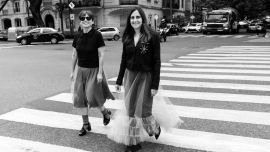


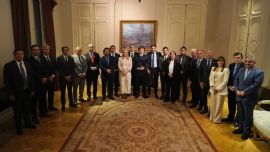
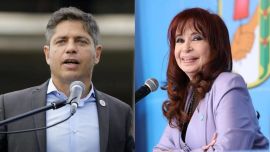
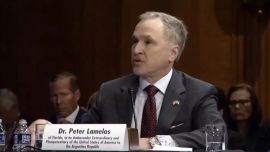
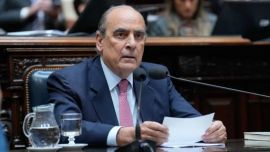
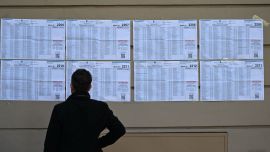

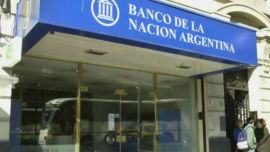

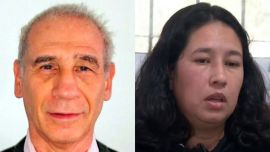

Comments